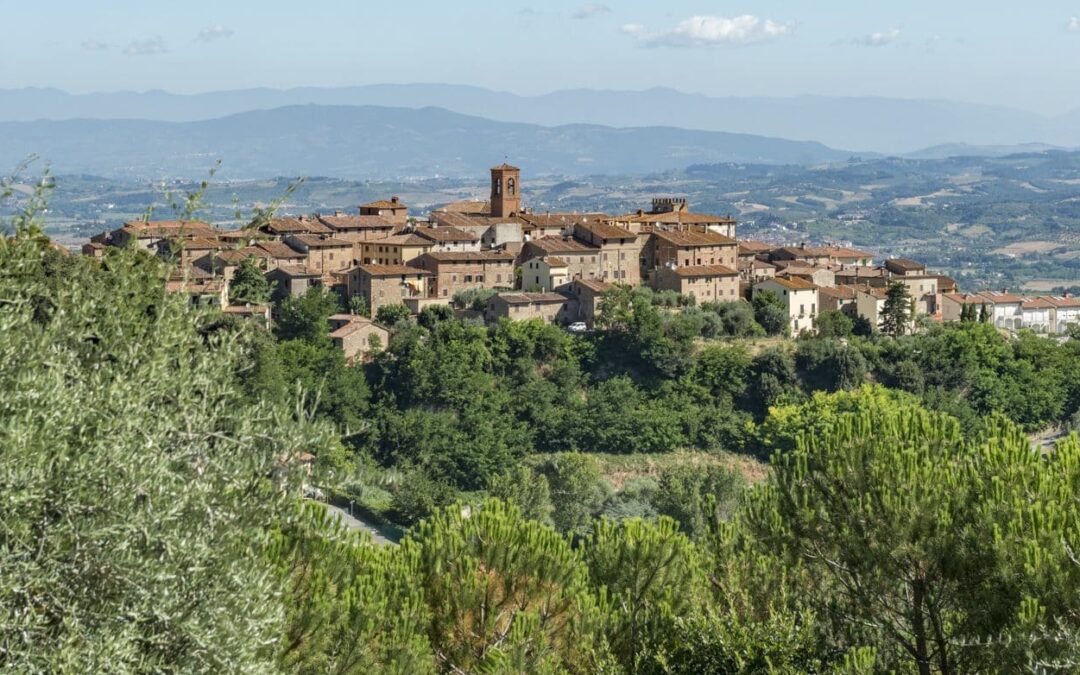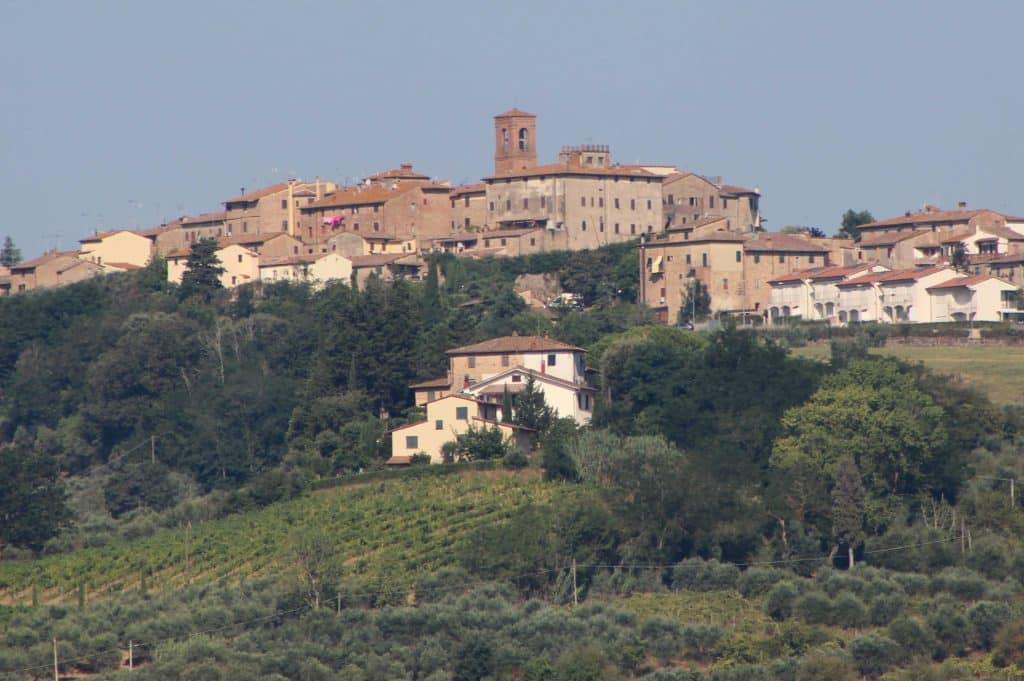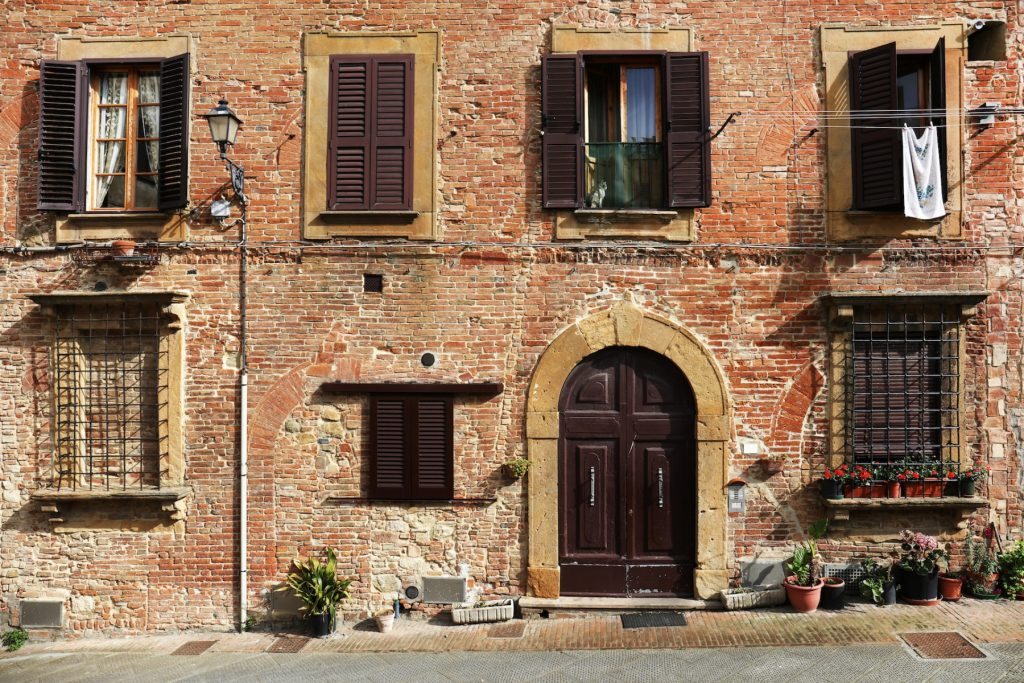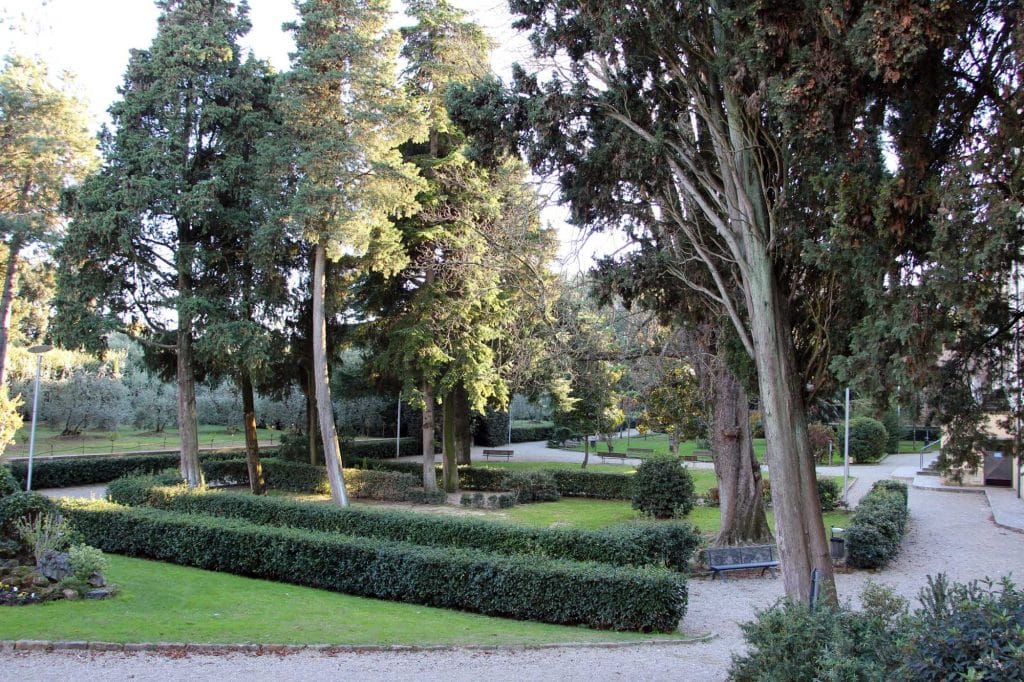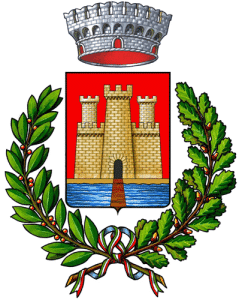The territory of Gambassi holds numerous traces of its Neolithic, Etruscan and Roman past.
Despite the surrounding hills, Gambassi’s population grew thanks to its position at the junction of important roads: the Via Volterrana was used by Etruscans travelling from Florence to Volterra, while the Via Clodia, which Romans followed between Siena and Lucca, would guide the footsteps of Medieval pilgrims, and come to be known as the Via Francigena.
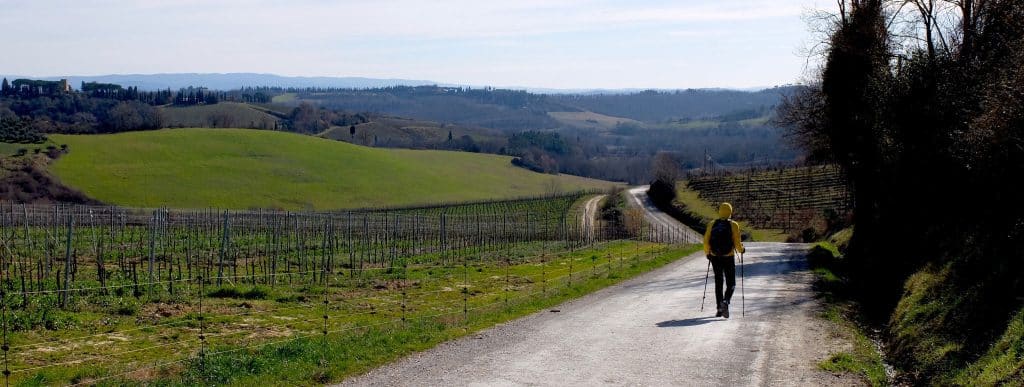
The presence of these circuits determined the nature and organization of various settlements that developed in this corner of the Val d’Elsa. In the Middle Ages, Gambassi’s central position was the main reason why many castles were built in the area, for both defensive and economic aims.
The castrum novum
The castle of Gambassi was first mentioned in 1037, when Guido di Ranieri – the lord of the fort – sold some of his rights and property to the bishops of Volterra. At the beginning of the 13th Century, bitter fighting between districts broke out all over Tuscany; Volterra and San Gimignano battled for control over Gambassi. It was open war, and Gambassi ended up in San Gimignano’s sphere of influence until it completely surrendered in 1268. Over the next thirty years, the Florentines arrived in Valdelsa and Gambassi fell under their control.
Out of all the castles in the area, the Gambassi castrum – founded in the 12th Century following the destruction of the first establishment – has preserved the shape of its fortress the longest.It was kept intact until the beginning of the 19th Century, and is still recognisable in some buildings in the town’s historical centre.
The modern-day shopping area
More modern streets have developed around the Medieval residential area, including Via Garibaldi, Piazza Roma and Via Vittorio Veneto, with stores, cafés and handicraft workshops. At these crossroads, people from Gambassi bring their town to life, and this is where they hold some of the most important yearly appointments: one unmissable event is the Palio delle Contrade in August.
The town park, parallel to Via Garibaldi, embraces the centre and its thermal baths, and is the heart of summer evenings for both adults and children.

